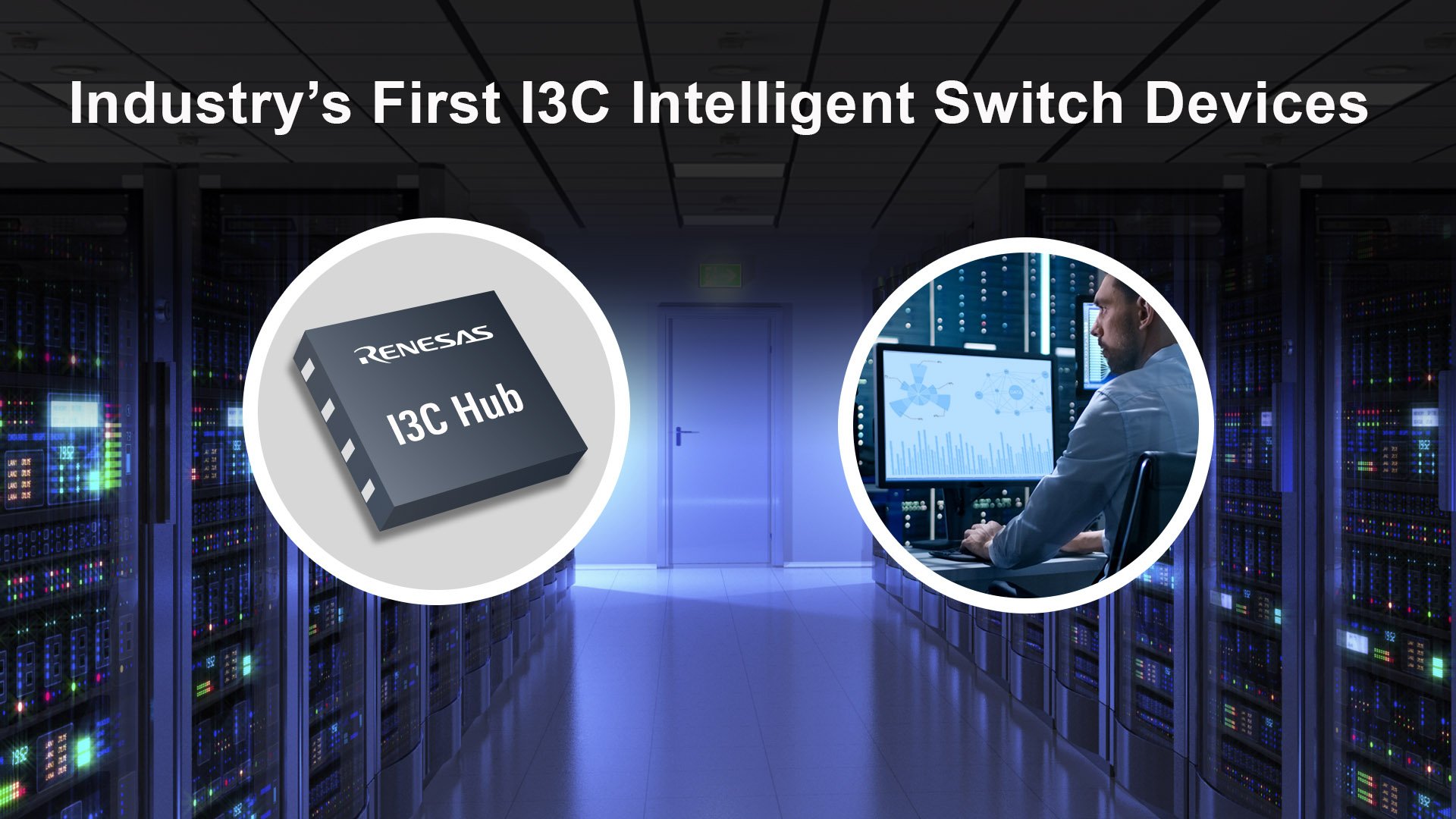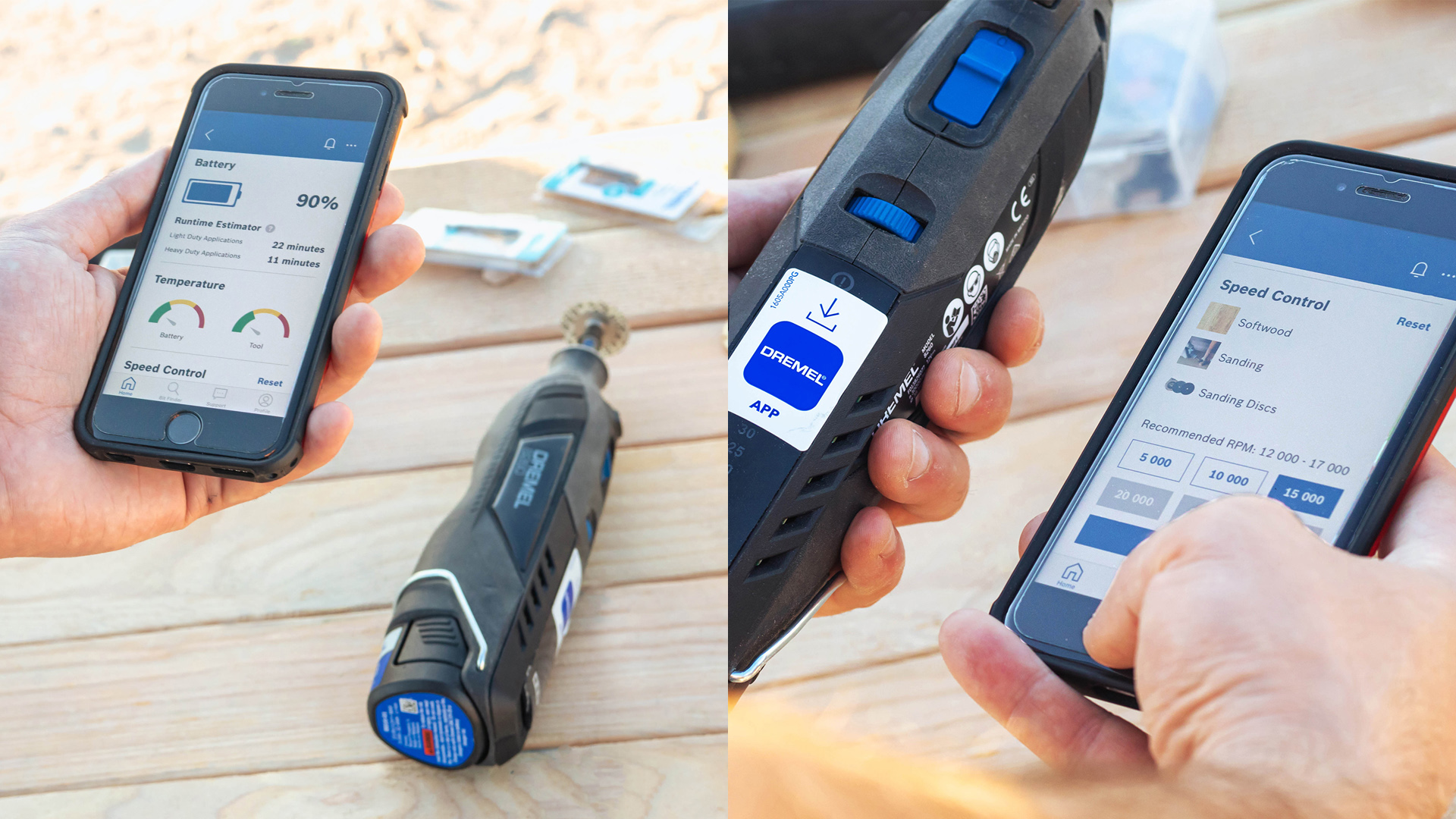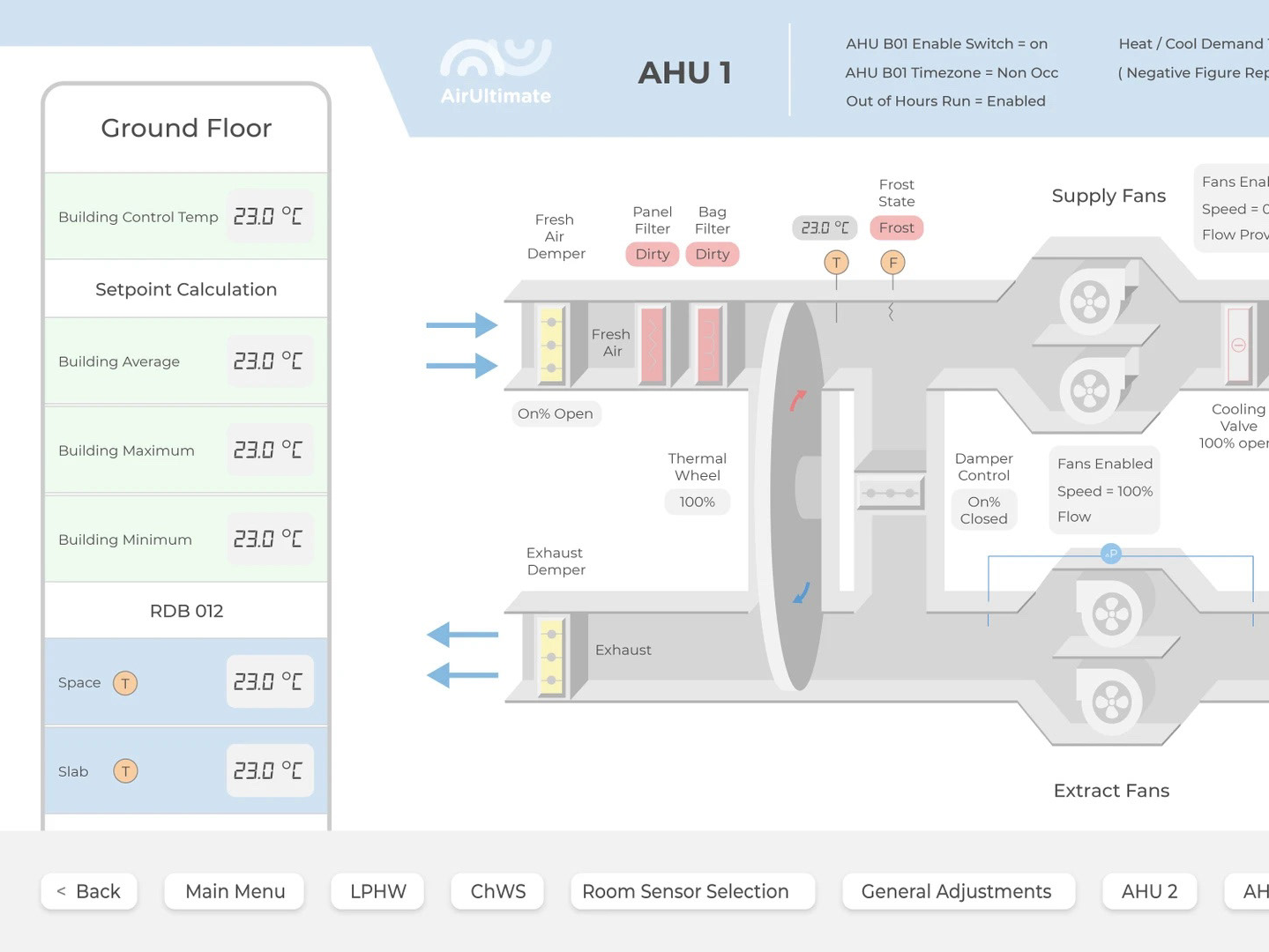Imagine a world where your devices talk to each other without you needing to lift a finger. That's exactly what remote IoT management platforms are all about. These platforms allow you to control and monitor Internet of Things (IoT) devices from anywhere in the world. Whether you're managing smart home systems or industrial equipment, remote IoT management is the future, and it's here to stay. So, buckle up, because we're diving deep into some of the coolest remote IoT management platform examples out there.
Nowadays, IoT isn't just a buzzword; it's a game-changer. From agriculture to healthcare, businesses are leveraging IoT to enhance efficiency and productivity. But with great power comes great responsibility, right? Managing these interconnected devices can get tricky, which is why remote IoT management platforms are stepping up to simplify things.
Whether you're a tech enthusiast or a business owner looking to streamline operations, understanding remote IoT management is crucial. In this article, we'll explore some of the most innovative platforms, how they work, and why they matter. Let's make sure you're not left behind in this tech revolution!
- Unveiling The Magic Of Movie Ruez Your Ultimate Guide To Streaming Bliss
- Movierulz Com 2025 The Ultimate Guide To Streaming Movies
Table of Contents
- What is IoT?
- Why Remote IoT Management Matters
- Top Remote IoT Management Platform Examples
- Biography of Key Players
- Benefits of Using Remote IoT Platforms
- Challenges in Remote IoT Management
- Security Considerations
- The Future of IoT Management
- Data Management in IoT
- Wrapping It Up
What is IoT?
Before we jump into the examples, let's break down what IoT actually means. IoT stands for Internet of Things, and it refers to the network of physical objects embedded with sensors, software, and connectivity that allows them to exchange data. Think of it as a massive web of devices talking to each other without human intervention.
IoT has been around for a while now, but its potential is just beginning to be fully realized. From smart thermostats that adjust temperature based on your habits to wearable health trackers monitoring your vitals, IoT is everywhere. And managing all these devices? That's where remote IoT management platforms come in.
Why Remote IoT Management Matters
Managing IoT devices remotely isn't just convenient; it's essential. As the number of connected devices grows exponentially, so does the complexity of managing them. Remote IoT management platforms offer a centralized way to monitor, control, and update these devices from anywhere.
- How To Securely Use Remotely Login Iot Free Trial For Seamless Connectivity
- Unlock The Power Of Pi Remote Free Your Ultimate Guide To Seamless Connectivity
For businesses, this means increased efficiency, reduced downtime, and lower costs. For individuals, it translates to a seamless smart home experience. Imagine being able to check if you left the lights on at home while you're halfway across the world. Sounds pretty cool, right?
Top Remote IoT Management Platform Examples
1. AWS IoT Core
AWS IoT Core is one of the biggest names in the game. Amazon's cloud-based platform allows you to connect billions of devices and interact with them easily. With features like device shadows and secure communication, AWS IoT Core is a top choice for enterprises looking to scale their IoT operations.
2. Microsoft Azure IoT Hub
Microsoft Azure IoT Hub offers robust tools for managing IoT devices at scale. It integrates seamlessly with other Azure services, making it a great option for businesses already using the Microsoft ecosystem. The platform supports bi-directional communication, device management, and analytics.
3. IBM Watson IoT Platform
IBM Watson IoT Platform brings AI into the mix, offering advanced analytics and cognitive computing capabilities. This platform is perfect for businesses looking to gain insights from their IoT data and make data-driven decisions.
4. Particle
Particle is a developer-friendly platform that simplifies IoT development. With Particle, you can build, manage, and scale IoT projects with ease. Its cloud-based platform offers real-time monitoring and over-the-air updates, making it a favorite among startups.
5. ThingWorx
ThingWorx by PTC is an industrial IoT platform designed to connect machines, people, and systems. It offers powerful visualization tools and predictive analytics, making it ideal for manufacturing and industrial applications.
Biography of Key Players
Behind every great platform is a team of brilliant minds. Let's take a quick look at some of the key players in the IoT management space.
| Name | Company | Role | Years of Experience |
|---|---|---|---|
| Andy Jassy | AWS | CEO | 20+ |
| Satya Nadella | Microsoft | CEO | 25+ |
| Arvind Krishna | IBM | CEO | 30+ |
| Zach Supalla | Particle | Founder | 10+ |
| Jim Heppelmann | PTC | CEO | 35+ |
Benefits of Using Remote IoT Platforms
So, what exactly do you gain by using remote IoT management platforms? Here are a few key benefits:
- Centralized Control: Manage all your devices from one place.
- Scalability: Easily scale your IoT operations as your needs grow.
- Real-Time Monitoring: Get instant updates on device performance.
- Cost Efficiency: Reduce maintenance and operational costs.
- Enhanced Security: Implement robust security measures to protect your data.
Challenges in Remote IoT Management
Of course, no technology is without its challenges. Remote IoT management comes with its own set of hurdles. Here are a few:
- Security Risks: With more devices comes more potential entry points for hackers.
- Interoperability: Ensuring different devices and systems can communicate seamlessly.
- Data Overload: Managing the massive amounts of data generated by IoT devices.
- Complexity: Setting up and maintaining IoT systems can be complicated.
Security Considerations
Security is one of the biggest concerns when it comes to IoT. With devices constantly exchanging data, ensuring that information is protected is crucial. Here are some security best practices:
- Encryption: Use encryption to secure data in transit and at rest.
- Authentication: Implement strong authentication methods for device access.
- Regular Updates: Keep your software and firmware up to date to patch vulnerabilities.
- Network Segmentation: Isolate IoT devices from critical systems to minimize risk.
The Future of IoT Management
The future of IoT management is bright. As technology continues to evolve, we can expect even more advanced platforms with enhanced capabilities. Artificial intelligence and machine learning will play a bigger role in automating processes and predicting device behavior.
Edge computing is another trend to watch. By processing data closer to the source, edge computing reduces latency and bandwidth usage, making IoT systems more efficient.
Data Management in IoT
Data is the lifeblood of IoT. Managing this data effectively is key to unlocking the full potential of IoT systems. Here are some tips for effective data management:
- Data Collection: Ensure you're collecting the right data for your needs.
- Data Storage: Choose the right storage solution based on your data volume and access requirements.
- Data Analysis: Use analytics tools to gain insights from your data.
- Data Privacy: Comply with data privacy regulations to protect user information.
Wrapping It Up
Remote IoT management platforms are transforming the way we interact with technology. From simplifying device management to enhancing security, these platforms offer countless benefits. As we've seen, there are plenty of great options out there, each with its own strengths and features.
So, whether you're a business looking to optimize operations or an individual wanting to enhance your smart home experience, remote IoT management platforms have got you covered. Now it's your turn to take action. Leave a comment below sharing your thoughts on remote IoT management or check out our other articles for more tech insights. Stay connected, stay informed!


